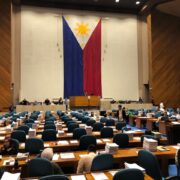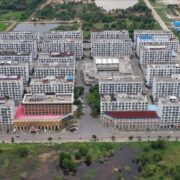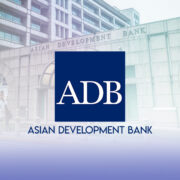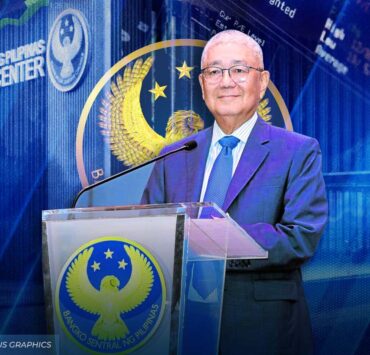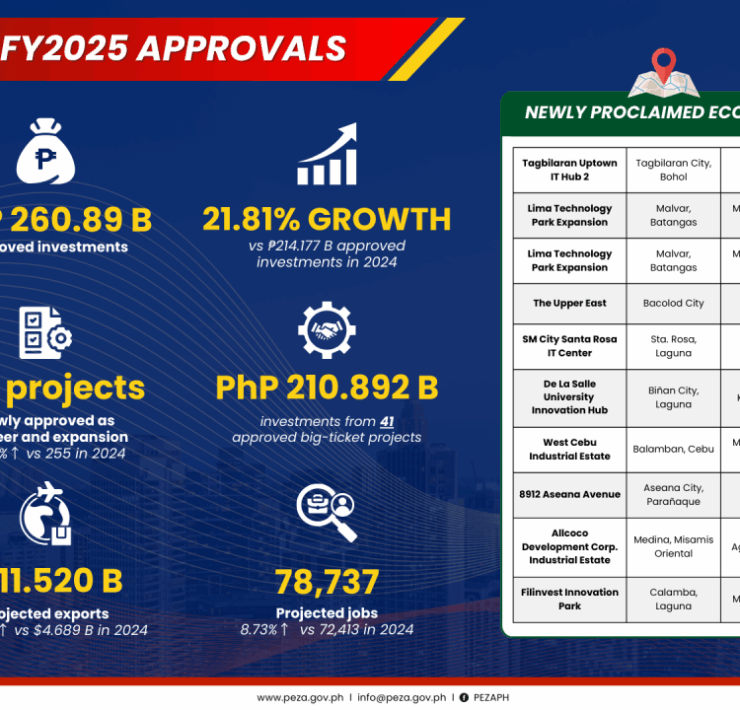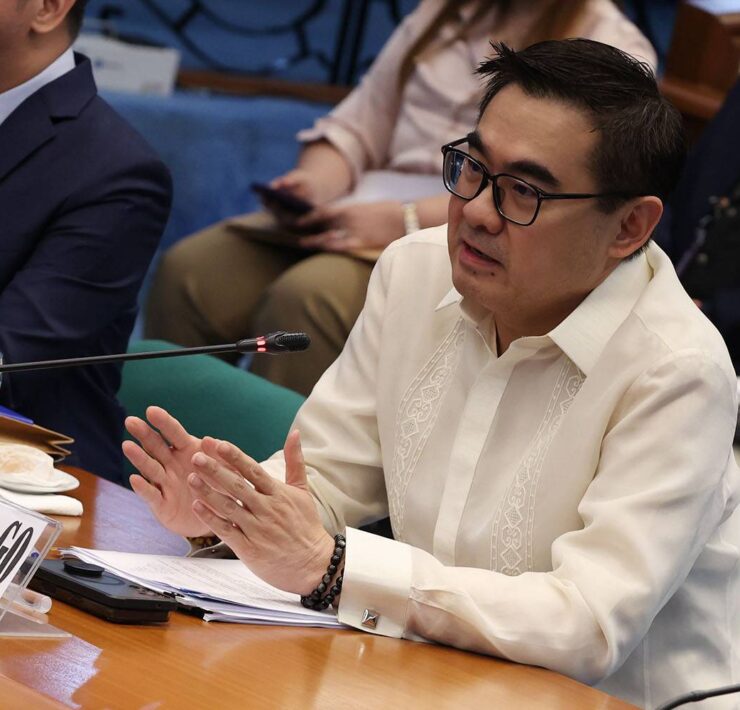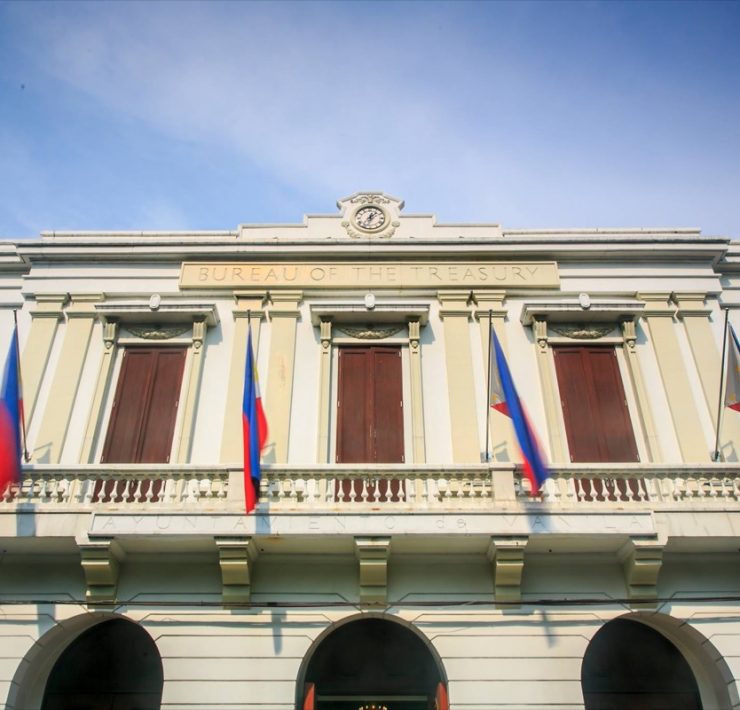Dollar reserves pick up despite global woes
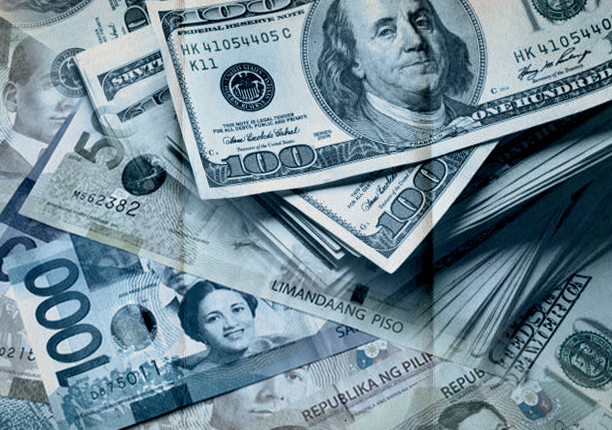
An increase in foreign exchange holdings and gains from the offshore investments of the Bangko Sentral ng Pilipinas (BSP) pushed up the Philippines’ gross international reserves (GIR) to a three-month high in June despite the recent safe-haven rally triggered by the Israel-Iran attacks.
Latest data from the BSP showed the country’s GIR grew to $105.32 billion from the preceding month’s level of $105.18 billion.
The GIR serves as the country’s buffer against external shocks. The reserve assets consist of foreign investments of the central bank, gold and foreign exchange, as well as borrowing authority with the International Monetary Fund (IMF) and the country’s contributions to the same Washington-based institution.
The GIR in June was the highest since March 2025, when the buffer funds amounted to $106.7 billion. This, despite the recent surge in demand for safe-haven assets after Israel had started a war with Iran last month—a development that pushed up oil prices and hurt the peso.
BSP Governor Eli Remolona Jr. earlier said it would be “futile” for the central bank to dip into the GIR to shore up the peso when such a weakness stemmed from capital flight to safety. The local currency regained ground as tensions in the Middle East have eased.
Figures showed the central bank’s investments abroad, which accounted for the bulk of the GIR, dipped by 0.5 percent month-on-month to $85.7 billion in June. But foreign exchange holdings soared by 73.9 percent to $1.2 billion after the national government had deposited more dollars with the BSP.
The value of gold held by the central bank slightly went up by 0.6 percent to $13.8 billion.
7.2 times import bill
Meanwhile, special drawing rights with the IMF was unchanged at $3.9 billion, the BSP reported, adding that the country’s position in the fund was at $732.4 million.
The central bank said the latest GIR level provided a “robust external liquidity buffer” equivalent to 7.2 months’ worth of imports of goods. Moreover, it covered about 3.3 times the country’s short-term external debt based on residual maturity.
By convention, GIR is viewed to be adequate if it could finance at least three months’ worth of the country’s imports of goods and payments of services and primary income.
The buffer funds are also considered adequate if they provide at least 100 percent cover for payments of the country’s external liabilities—both public and private—falling due within the immediate 12-month period.




